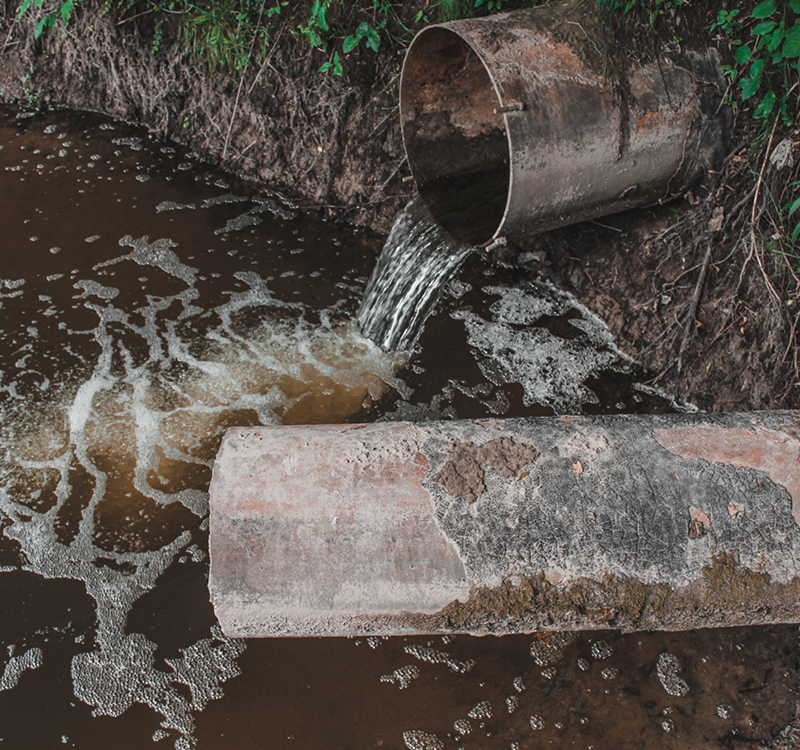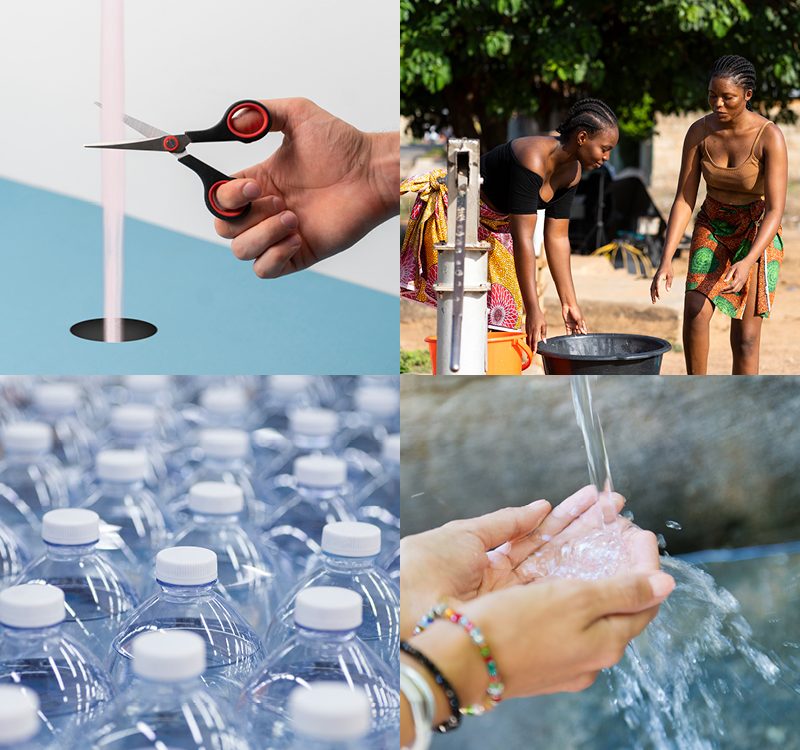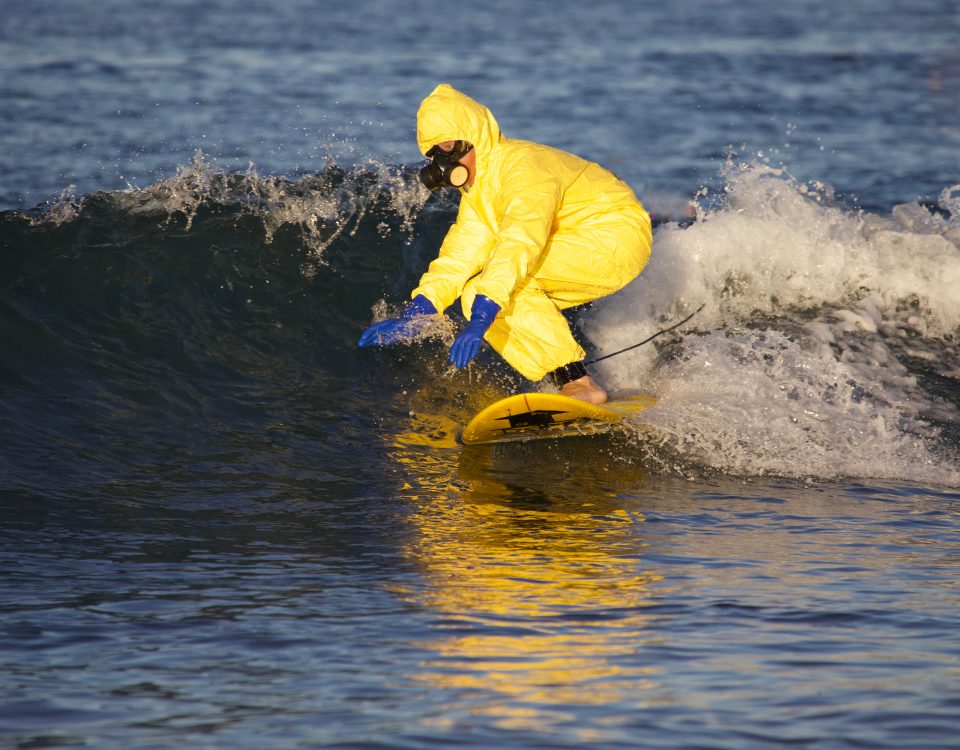16. April 2024
The EU Urban Wastewater Directive (UWWTD for short) was adopted by the European Parliament at the beginning of April 2024. Among other things, it aims to remove microplastics and micropollutants from our wastewater and increase the efficiency of wastewater treatment plants in a cost-effective manner. The keywords here are also: Resource conservation, water quality, circular economy, energy efficiency and sustainability. But what is the roadmap for this? We have taken the Wasser 3.0 perspective.







